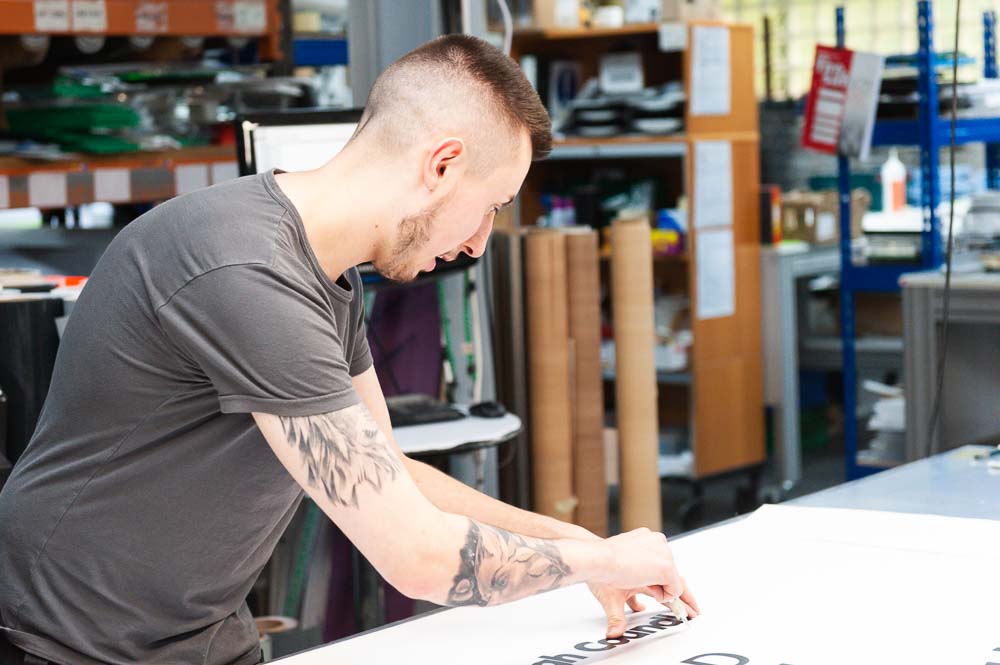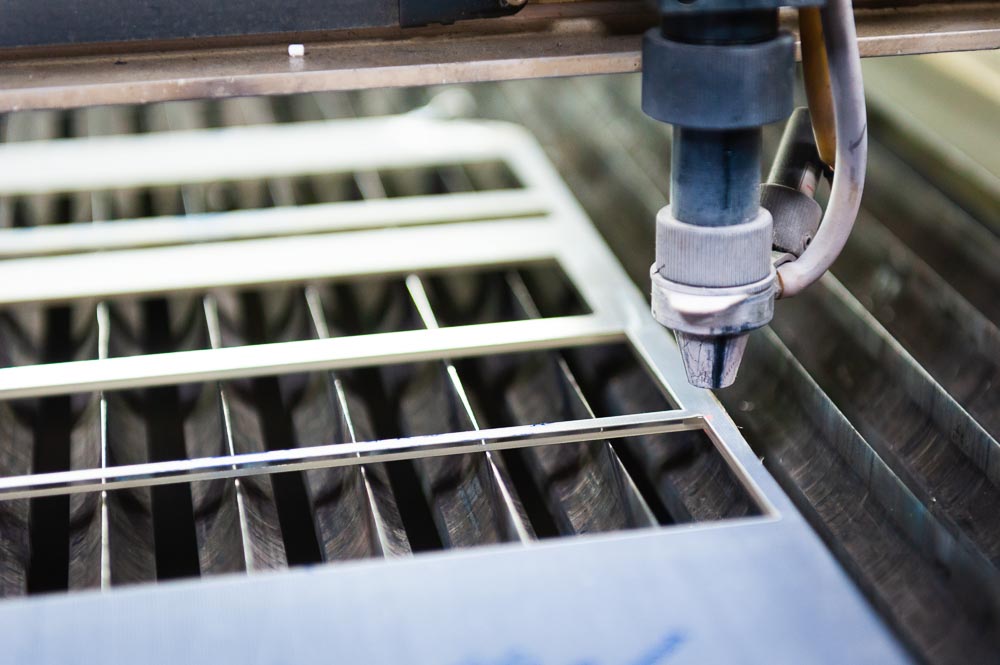The manufacturing timescales for a new sign scheme will vary depending upon several factors, including the type of sign, the materials and colours required, and its final placement within its environment. Simple, flat signs, using standard lucite materials and digital print techniques will be relatively quick for our manufacture team to produce, whereas highly complex three-dimensional signage in an array of materials or finishes will be more complex and have more critical stages in their manufacturing route. Complex sign manufacture techniques may also require additional proofing and testing to ensure the printing methods are meeting the client brief.
These are the typical stages of a design, manufacture and installation project. The timescales and complexity will vary tremendously based on the number of signs, the printing methods and where the signs are to be installed.
Critical stage 1: Consultation. At this stage requirements are discussed, sign specifications gathered and an initial working document is used to quote clients. If this stage is mishandled, or the customers requirements are misunderstood, then the project will be compromised from the beginning.
Critical Stage 2: Design. The design stage is driven by the specification, but there may still be areas where there are misrepresentations or misunderstandings, so there is still a significant amount of consultation through the design phase. The initial design phase may see tweaks to the overall sign scheme and that could lead to a product set and installation requirement which changes quite significantly. At this stage, the production team become involved to prototype sign types based on the specification and initial artwork design. Extra care is taken with materials selection and colour matching – many signs follow specific RAL or Pantone colours, which are not interchangeable in certain uses.
Critical Stage 3: Manufacturing. While the sign scheme should enter the sign manufacturing phase with a fully defined and specified sign set that the production team could begin making, there may still be issues. Many modern sign manufacturing techniques are computer controlled, but manual processes are still a significant part of sign making, and that can introduce areas of non-conformity and wastage. Extreme is taken when manufacturing with processes where control can slip, and extra checks should be put in place to ensure that the sign remains within the specification.
Critical Stage 4: Installation. This is a key area in the production cycle of a sign scheme. The quality of the installation will determine how the scheme fits within the architecture and the quality of the wayfinding will determine how people navigate around the space. At this stage any problems with size, colouring, position or materials used will show, so it is critical that the previous stages are completed correctly to avoid replacing signs that have already been manufactured. This can be an expensive issue to rectify, so careful attention must be placed on all stages of the design, manufacturing and installation processes.
Other areas: Sometimes it is not possible to exactly match a customer’s requirements and that is when a concession to allow a variance is needed. These usually always have to be agreed with the customer, but too many concessions can lead to something that the customer didn’t want at all.
Quality is key across all of these phases and a thorough check of the product against the specification should be taken at every step to ensure that the sign scheme is exactly – or as close as possible – to what the customer actually wants.



